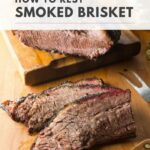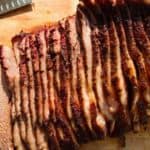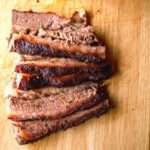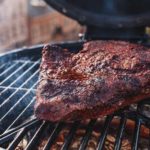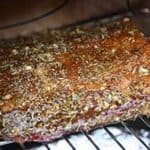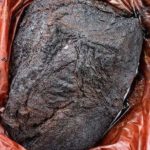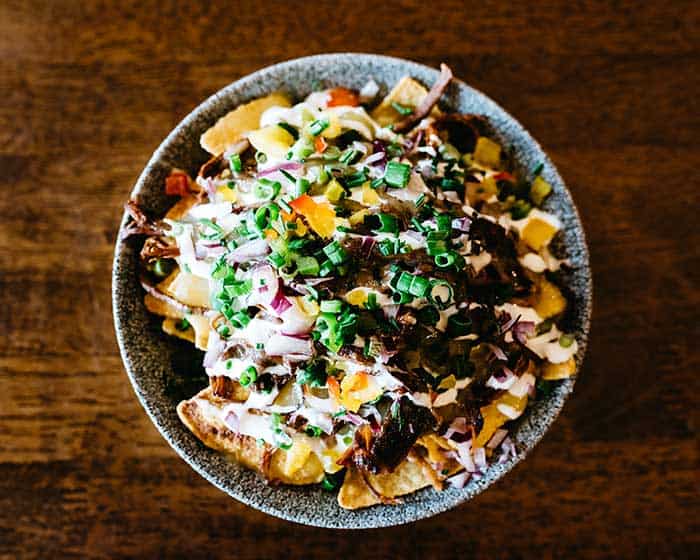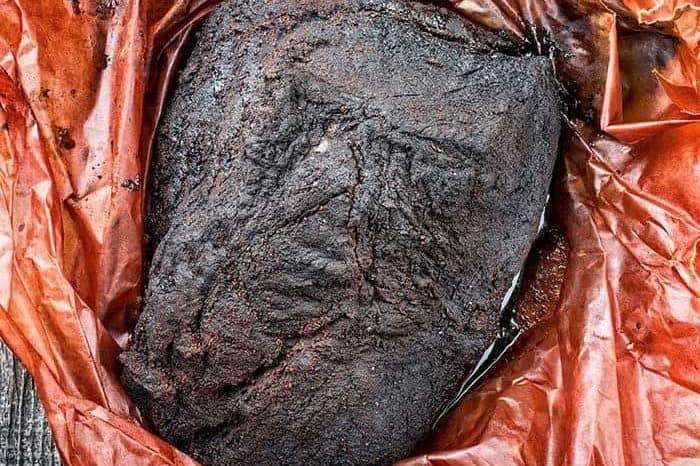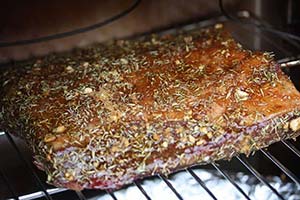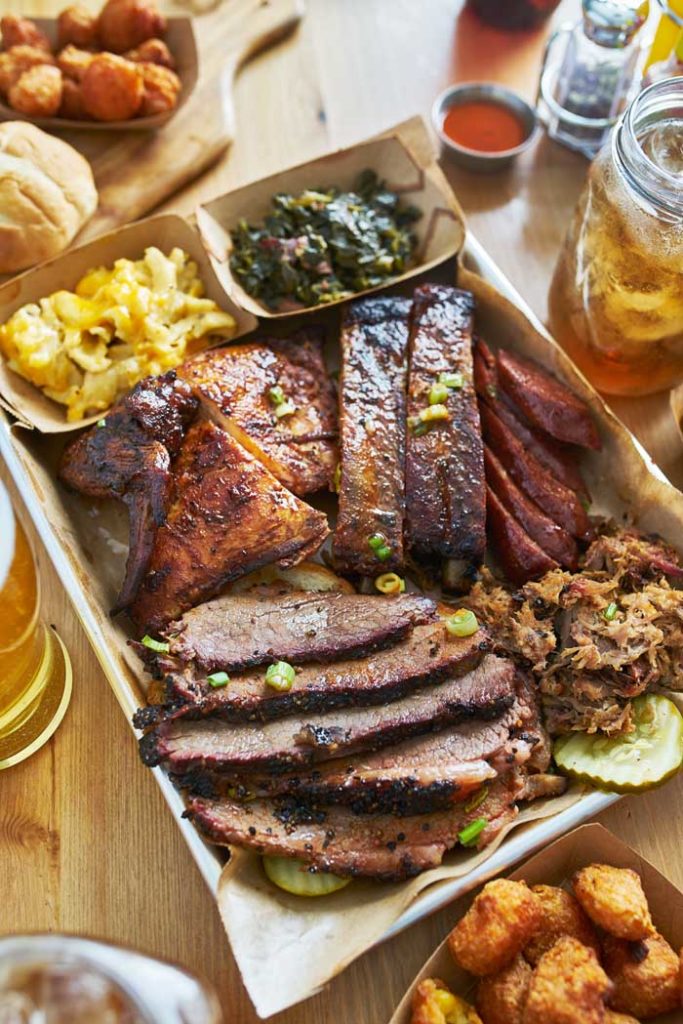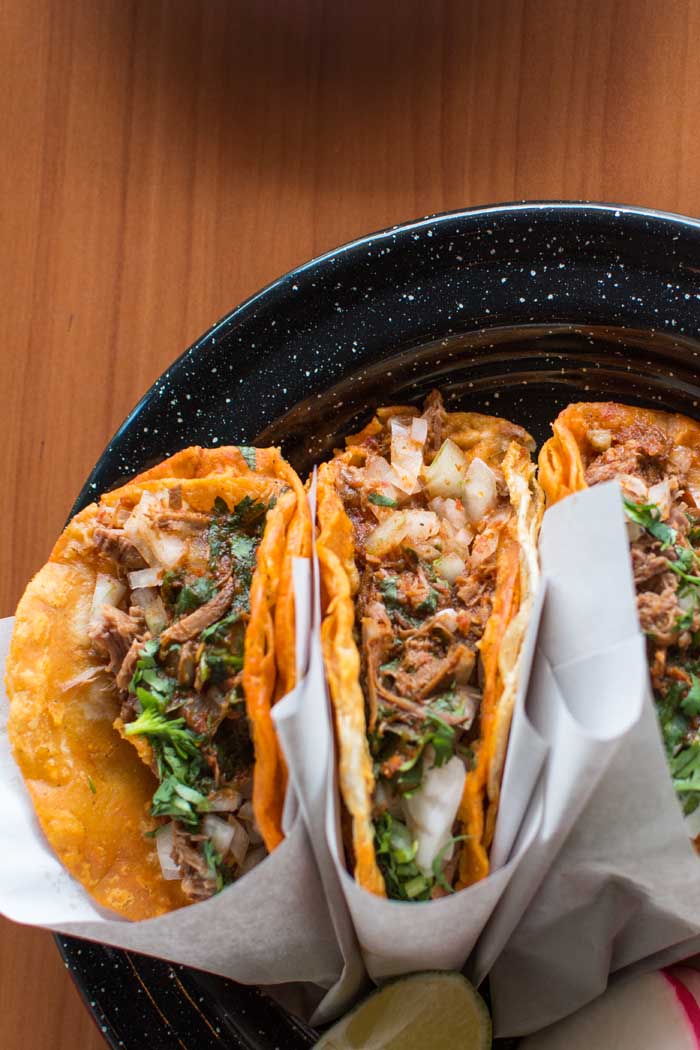Serve up the best smoked brisket by getting meat resting right. From faux Cambro to resting times, discover how to rest brisket today.
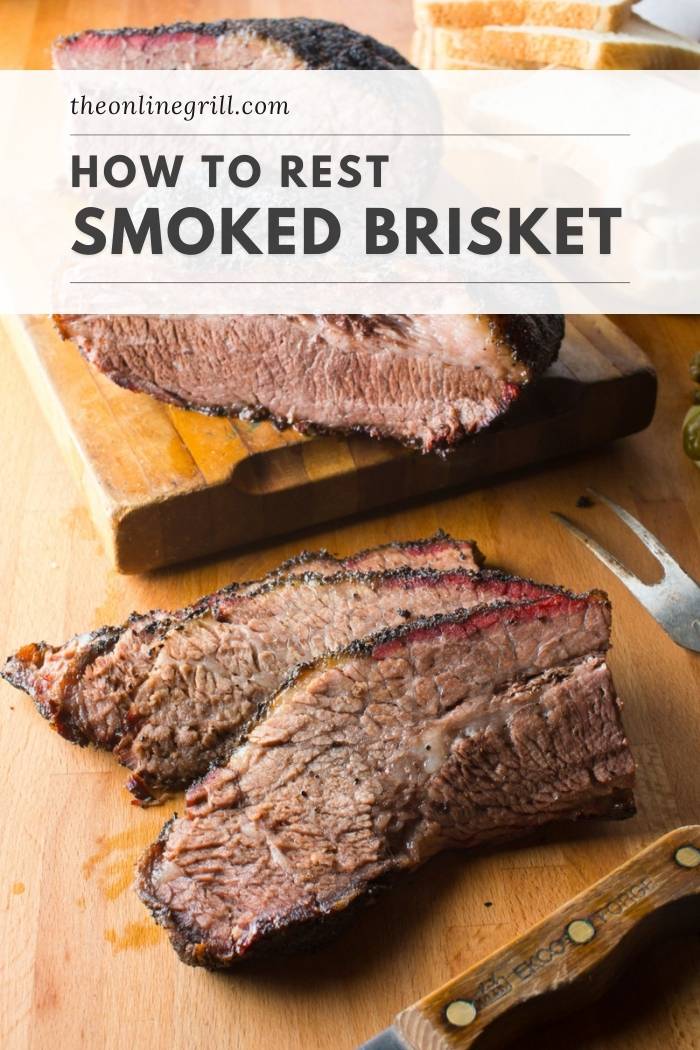
Fresh and authentic smoked brisket is a meat-lovers delicacy but takes time and effort to perfect. One of the most crucial steps of smoking mouth-watering brisket is resting it right after you remove it from the smoker.
Resting brisket maintains meat flavor and texture, and is an integral part of smoking the best barbecue brisket. However, many people skip this step despite the fact it’s the easiest way to take your beef brisket to the next level.
Discover the science behind meat resting and how long to let brisket rest to make a plate of barbecue beef that’s out of this world. Let’s get smoking!
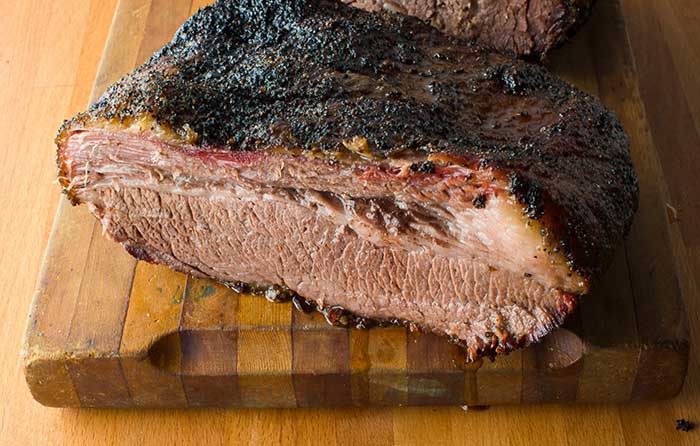
Why You Should Rest Smoked Brisket
Resting brisket at room temperature before serving allows the muscle fibers in the meat to relax and reabsorb water content. It may seem counterintuitive to take your brisket off heat, but hear us out.
As meat cooks, the muscle fibers within the meat uncoil, then coagulate and recoil. This causes the proteins within to become firm, pushing out the moisture inside their cell walls. If you carve your brisket fresh from the smoker, this water will spill out, and the meat will carry less flavor and have an uneven mouthfeel.
Resting for a good amount of time allows the fibers to loosen and reabsorb this moisture, and also retain its texture, delivering a juicy piece of meat that’s loaded with flavor.
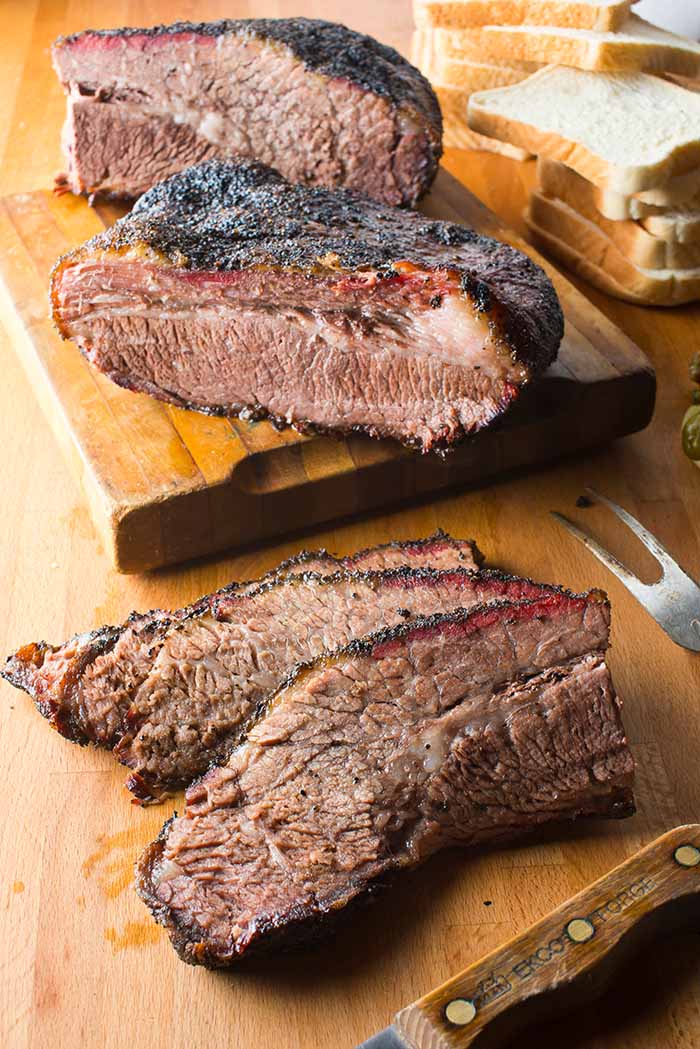
Meat Resting vs. Holding
Resting meat is the process of letting the meat sit for a short period after cooking it so that it retains more of its juices. However, it is not the only thing you can do with brisket after it finishes cooking. Another option is to hold it.
Holding brisket and other meats is what you should do if you are preparing brisket, but do not plan on eating it within an hour of cooking it. Holding meat is for when you prepare smoked brisket in advance. This method involves keeping your brisket at a steady low temperature for a long period.
Holding is common with brisket because it takes a long time to cook, making it more challenging to get your timings spot-on. If your brisket is ready early, holding is a useful crutch to lean on while you finish the rest of your barbecue platter.
There are a few ways to hold the meat. Your first option is to use a holding oven. These ovens will keep your meat safe to eat at a healthy temperature, but not cold like in a fridge. Alternatively, you can set your home oven to its lowest setting and hold your brisket on an oven rack – just ensure you wrap the meat in tin foil.
You can also use a cooler box and blankets to hold your brisket (also known as a faux Cambro). You will need to cover the brisket in foil and wrap it in several towels so that it remains insulated. You can then place it in the cooler to keep it at a steady temperature for several hours.
How to Rest Smoked Brisket
Smoking brisket is a challenge on its own, but resting is a thankfully simple process that requires little to no effort. Here’s how to rest your BBQ brisket correctly:
- Once the brisket hits target internal temperature of 195°F (90°C), pull it from your smoker
- If your brisket is wrapped in aluminum foil or butcher paper, remove it
- Place the brisket on a large wooden cutting board or in an aluminum pan (this will help to catch any run-off or juices)
- Leave to rest for 1 hour before slicing against the grain to serve
An alternative to a standard container aluminum dish is a faux Cambro. A faux Cambro is an insulated box for holding food before it’s ready to serve. You can hold your brisket in one of these boxes for 30 minutes and it provides the same effect as resting it for an hour, so it can save you time if you need the brisket ready ASAP. If you use a faux Cambro, don’t forget your tin foil!
You can also opt to let your smoked brisket rest in the oven. Aim for a low temperature of 150-170°F (65-75°C) to prevent overcooking. If you don’t have access to a faux Cambro or cooler, the oven is the next best thing.
Resting in Butcher Paper vs. Aluminum Foil
Butcher paper and aluminum foil are efficient options for resting or holding your smoked brisket. The primary difference between the two involves ventilation and airflow.
Aluminum foil will wrap around and mold to your brisket’s form, while butcher paper will allow more air to flow. The ease that foil offers makes it the preferred choice for beginners. However, many experts prefer the breathability of butcher paper. The breathability allows moisture to escape, which prevents over-steaming.
How Long to Rest Brisket
Allow your brisket to rest for at least one hour after cooking. Doing so encourages the meat fibers to reabsorb the juices so they are not lost when you cut into the brisket. Neglecting to rest your brisket for the full hour may result in tough and dry meat, lacking in flavor.
If you have more than an hour between removing the brisket from the smoker and chow time, you may want to try the holding method to keep your meat as juicy as possible.
Should I Cover Brisket When Resting?
No, do not wrap your brisket during resting. We need good airflow in order to bring down the meat temperature, and we want to preserve any bark that has developed on the beef surface.
Wrapping also risks locking in heat, which could leave to overcooking, thereby giving you overcooked brisket that’s also bland and dry.
When is Smoked Brisket Done?
Always go by meat temperature and not cook time or appearance. No cut of brisket is the same, and factors like meat size, smoke temperature, and even the weather can impact cook time.
Internal temperature is the best gauge of when your brisket is ready to be pulled from your smoker. Beef brisket is ready once it hits 195°F (90°C), at which point you can remove it from your backyard smoker and allow it to rest for a further hour.
Use a digital meat thermometer for the best results, and ensure it’s calibrated correctly.
